Sightseeing Spots
Search Results314
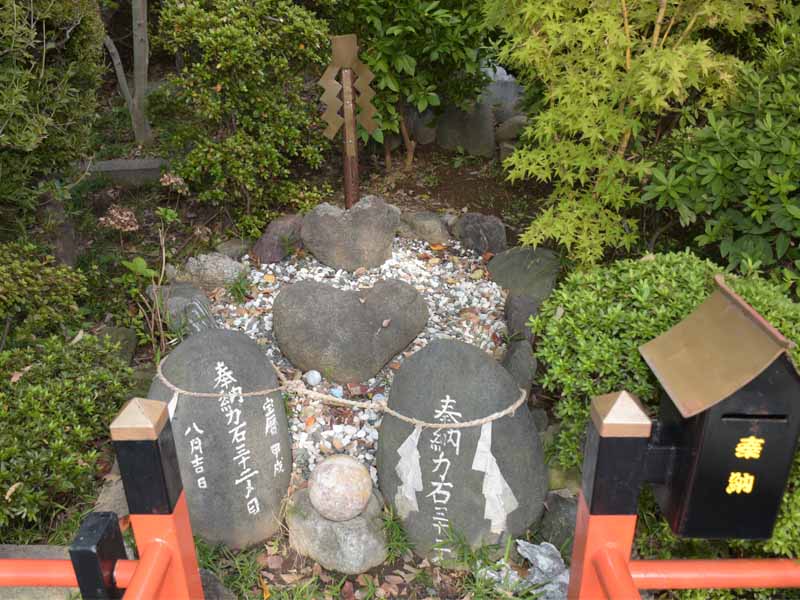
The date of its establishment is unknown, but it is said to have been built either in the Meiō period (1492-1501) or in the first year of Jokyo (1684). It is said that when a Buddhist priest named Genkai visited the Fushimi Inari, he built a sutra mound with 10,000 Lotus Sutras buried inside. In the precincts, you can also find a shrine dedicated to Shingoro Takahashi and his wife Ise, who developed Warabi's textile industry, and a heart-shaped stone known to grant visitors success in their pursuit of love.
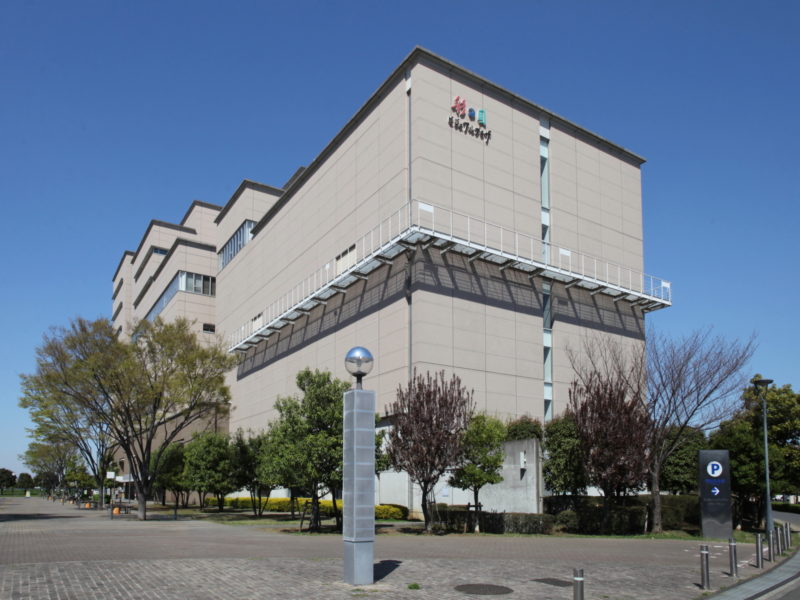
This is the main facility of the SKIP City Project, the project goal of which is to introduce and accumulate information for the next-generation of the audiovisual industry. For the general public, the facility contains a participation-based "audiovisual museum" where people of all ages can learn video production, an "audiovisual library" where visitors can watch culturally significant movies and TV programs, and an "audiovisual hall" to enjoy film showings and various events. ※ For more information regarding the facility, please refer to the URL below.
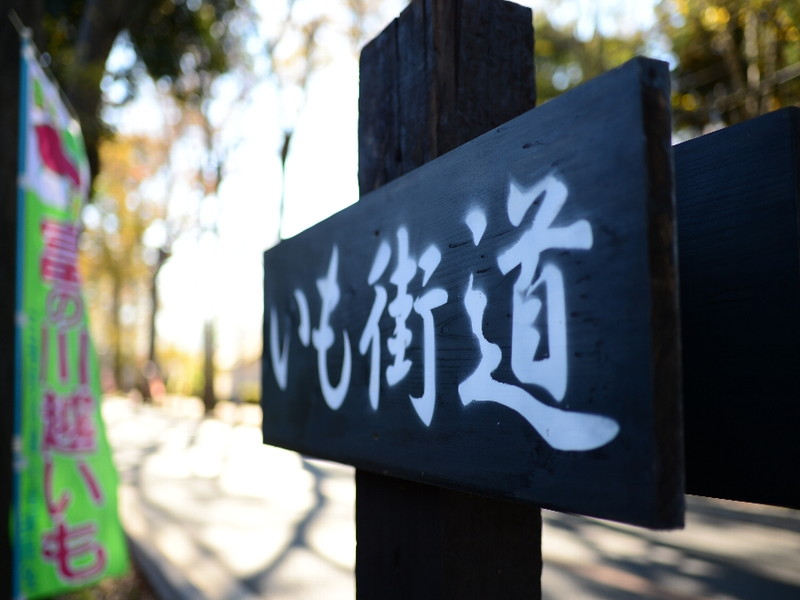
This road is lined with farm houses responsible for producing Miyoshi-machi’s specialty sweet potato “Fuji no Kawagoe Imo." When in season in September through January, the farmers raising their banners in unison to signify that many sweet potato varieties are now available for purchase is a sight unique to this area. There are also farmers selling ice cream, yōkan (gelled red bean wagashi) and shōchū made from Fuji no Kawagoe Imo. The large Japanese elm trees on either side of the road are another popular attraction.
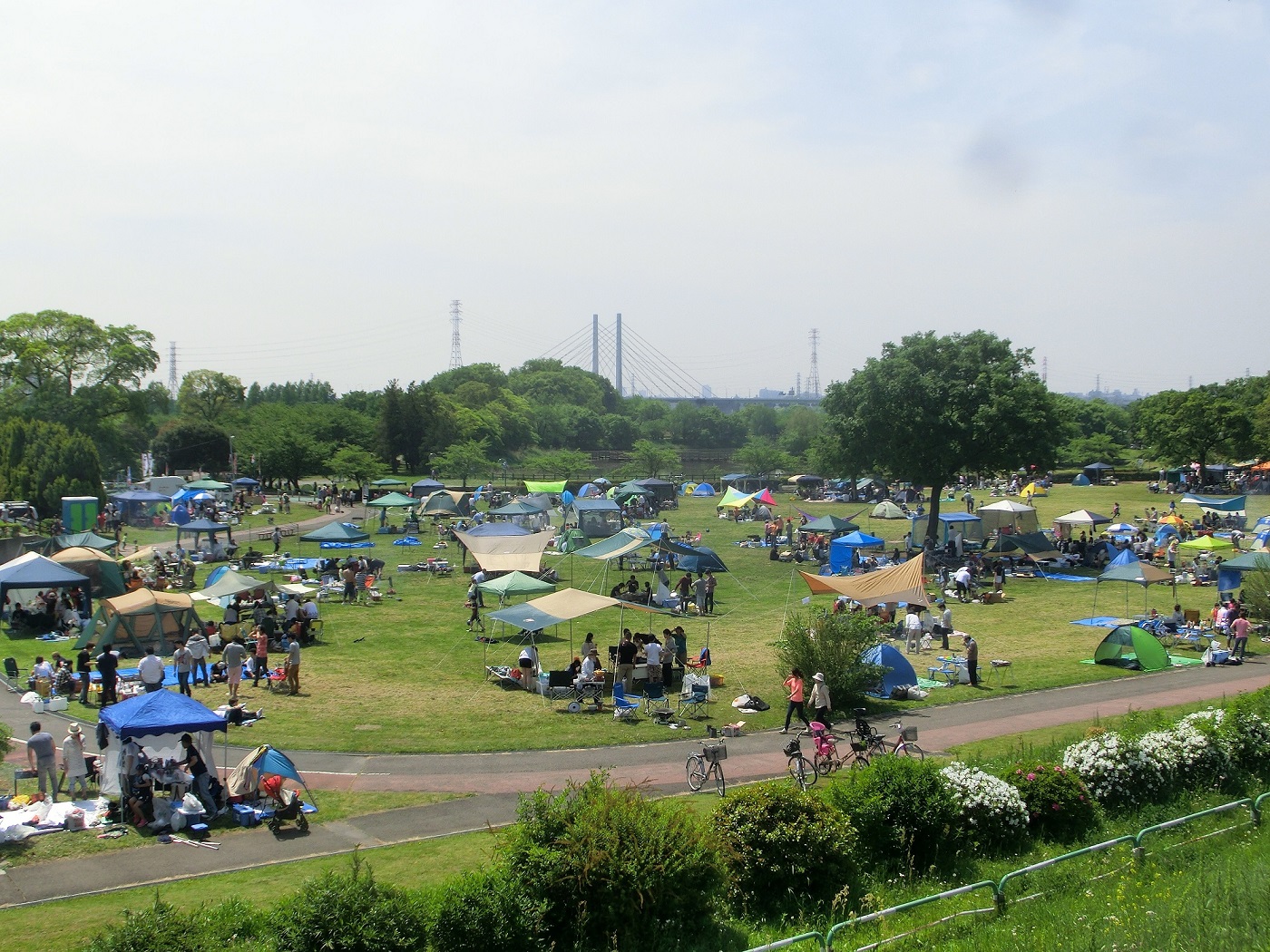
"Saiko" is a park developed along the Arakawa riverbed retention basin that's filled with nature; with the blooming of Japanese primrose and the beautifully maintained fields, visitors can relax and enjoy the change of the seasons. There is a spacious BBQ area where visitors can choose between a free area with no reservation required, and an area with BBQ prepared which requires a reservation. There are also tennis courts, dog friendly spaces, fishing spots and the lakeside area is a popular spot for cycling and windsurfing. With easy access by car, the park attracts more than one million visitors a year!
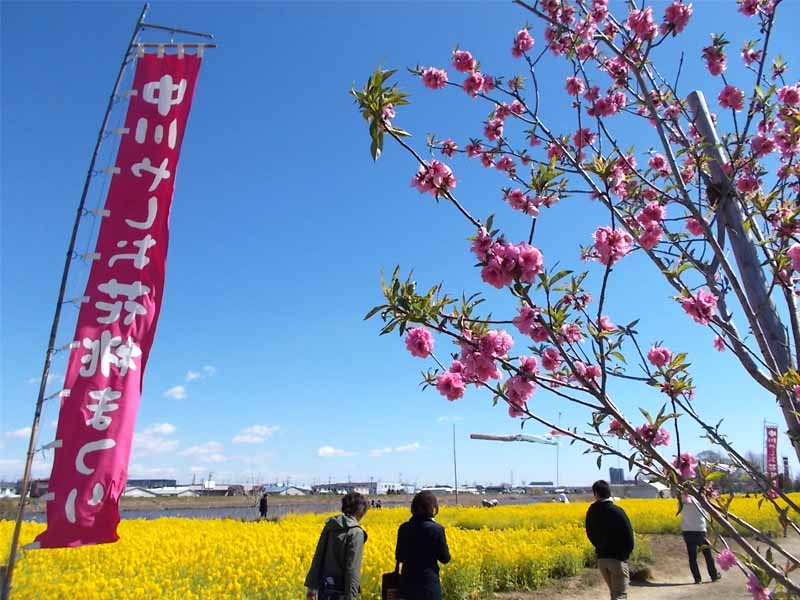
Located on about 13,000 square meters of the Nakagawa Riverbed, the contrast between the 120 pink peach blossoms and fields of yellow rapeseed flowers that bloom from March to April every year is a beautiful sight to see. In autumn, you can enjoy red spider lilies and cosmos. The annual Hanamomo Festival held in late March attracts many tourists.
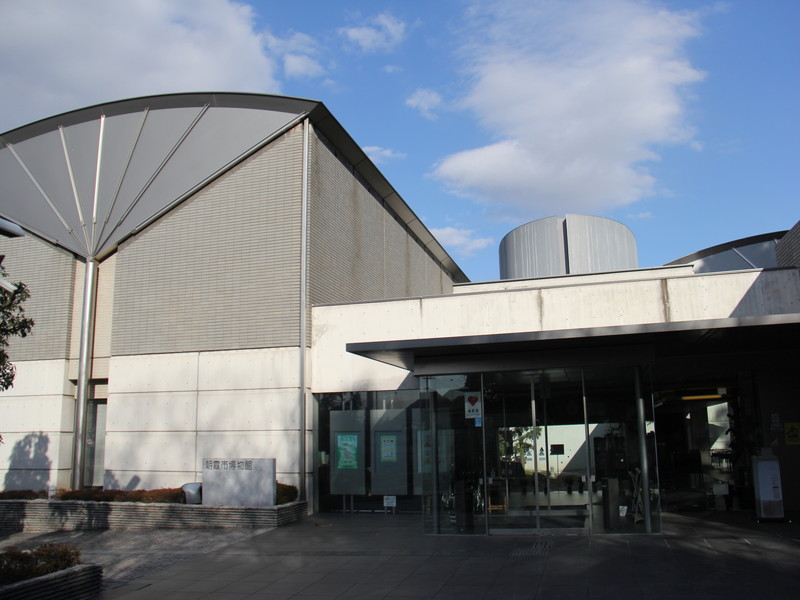
Centered around a permanent exhibition about Asaka's local heritage under the 4 categories: archaeology, history, folklore and arts and crafts; there are also special and themed exhibitions, and a variety of lectures and workshops which are held in this “space for learning and relaxation.”
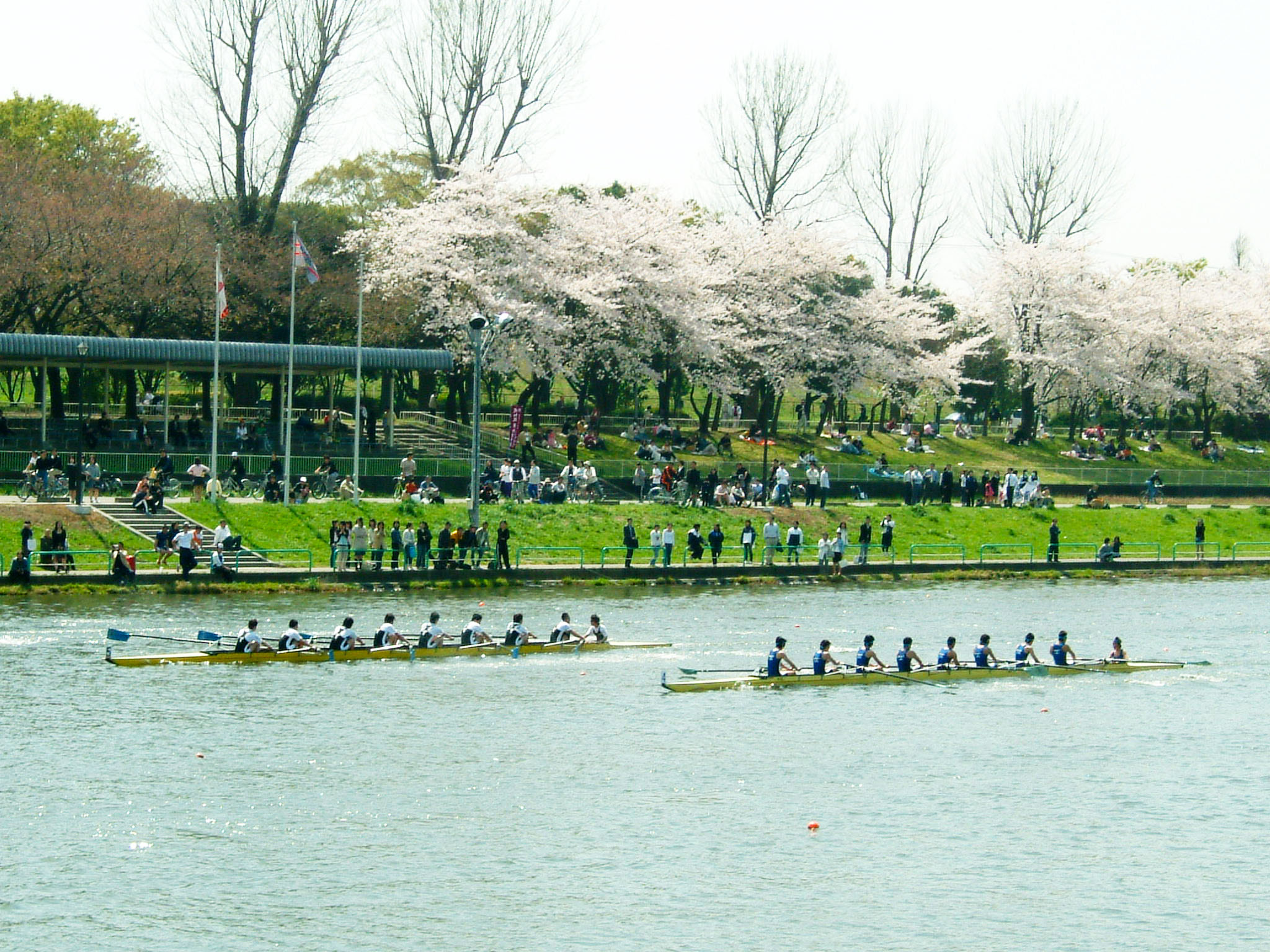
Toda Park was built between 1937 and 1940, centered around a rowing course which is the largest artificial still water course in Japan. Established as a city park after the 1964 Tokyo Olympics, it is used as a training area and competition venue for rowing, while also providing a relaxing environment filled with nature for the local citizens. The park is adjacent to the bank of the Arakawa River and also has an elevated plaza, flower beds, and lots of playground equipment, making it popular for not only its rowing course.
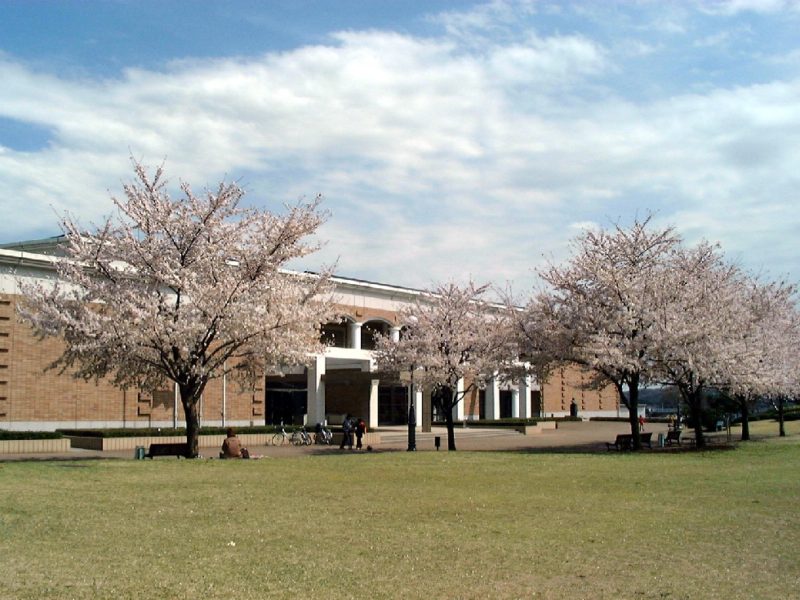
The main theme of the Iruma City Museum ALIT is tea! This museum is filled with resources for learning extensively about Sayama Tea, the history and culture of tea and Iruma City's nature and history. In the spacious museum garden there is a tea room, a pond and wooded area, a restaurant, and a square with lawns. It is an ideal place to take a rest.
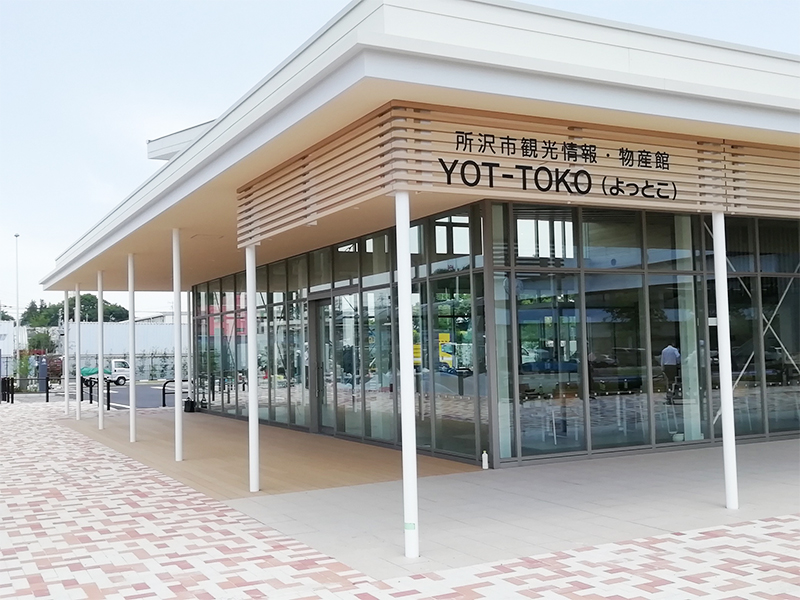
At YOT-TOKO you will discover the many delicious foods and great places to visit in Tokorozawa! In addition to providing tourist information and selling unique local foods and specialties, there are also displays of traditional noh masks, kumade rakes and hina dolls; a showcase of the many charms of Tokorozawa. Among these are the eye-catching packages of Sayama tea, the pride of local tea producers, and this shop is the only place where all brands are available in one place. The shop is connected to Tokorozawa Sakura Town via the Tokorozawa Sakura Town Bridge.

At this memorial museum, materials related to the history of aviation are displayed alongside actual airplanes. Visitors can learn about the principles of flight and aviation history from a variety of angles through flight simulators and helicopter piloting simulators! The many airplanes and helicopters displayed throughout the museum are a must-see. A special place to experience the wide-open skies and the history of flight in Tokorozawa. Aircraft craft workshops for families are also held regularly.
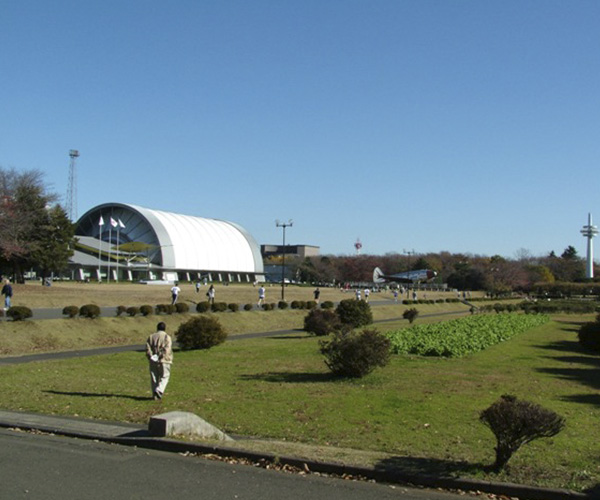
This large park was built on the site of Japan's first airfield, Tokorozawa Airfield, and has an area of about 50 hectares. Overflowing with nature, the park is never without visitors. There are real airplanes, as well as sports facilities, an athletic field with artificial grass, a tennis court and a baseball field. There is also an outdoor stage, tearoom and a Japanese garden, making the park a center for sports and culture exchange in western Saitama. (For more information regarding the facility, please refer to the URL below.)
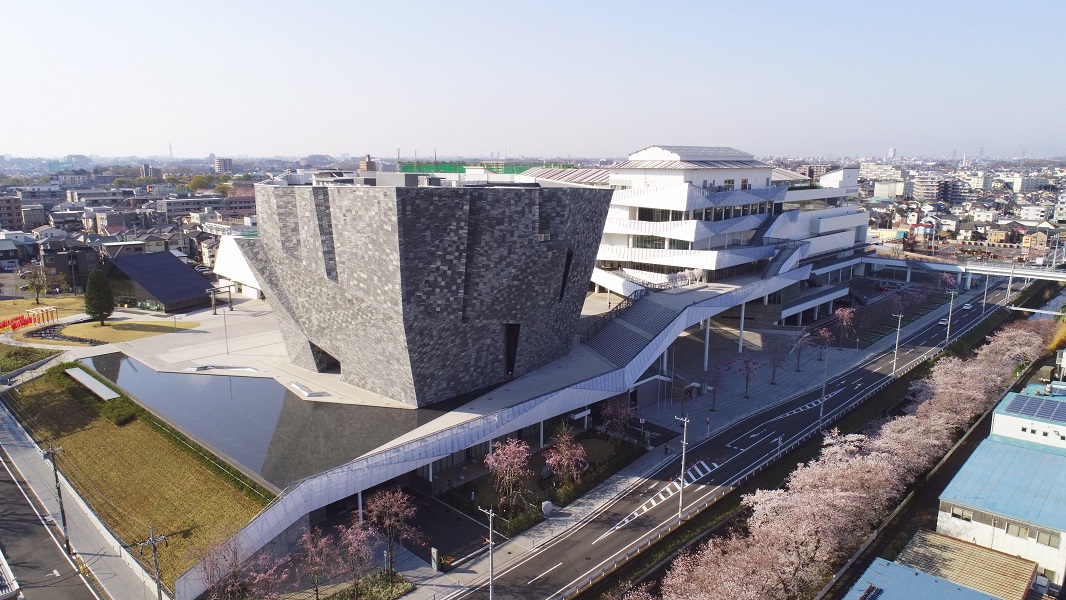
This facility is the center of the "Cool Japan Forest" Project, a joint project by KADOKAWA and Tokorozawa City to share the cutting-edge culture and industry born from an area of plentiful, beautiful nature. The facility has a library, art, natural history and anime museums, and a multipurpose hall to enjoy Japanese pop culture events. In addition, there are book manufacturing and distribution plants, offices, stores, restaurants, hands-on bookstores, shrines, and more!

Our tea factory holds tours, and we lead tea picking experiences during the new tea season (around May 20th, end of June). There is also a direct sales office where you can buy our products cheaper than in regular stores (10% off bags of tea leaves, some products are excluded).
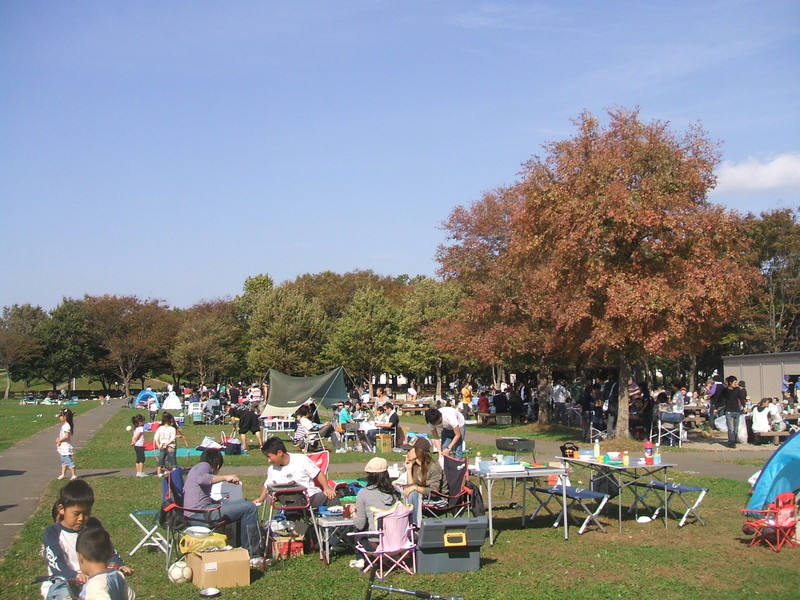
This park features an open lawn space and large wooden play equipment, and the area is crowded with families all year. Seasonal flowers grow throughout the park, and in addition to cherry blossoms in the spring, the moss phlox (April to May) and irises (early June) bloom in a heart-warming sight. There are also kitchen spaces for barbecue, and visitors can fish at the large pond, Koai Tamei (within the designated area).
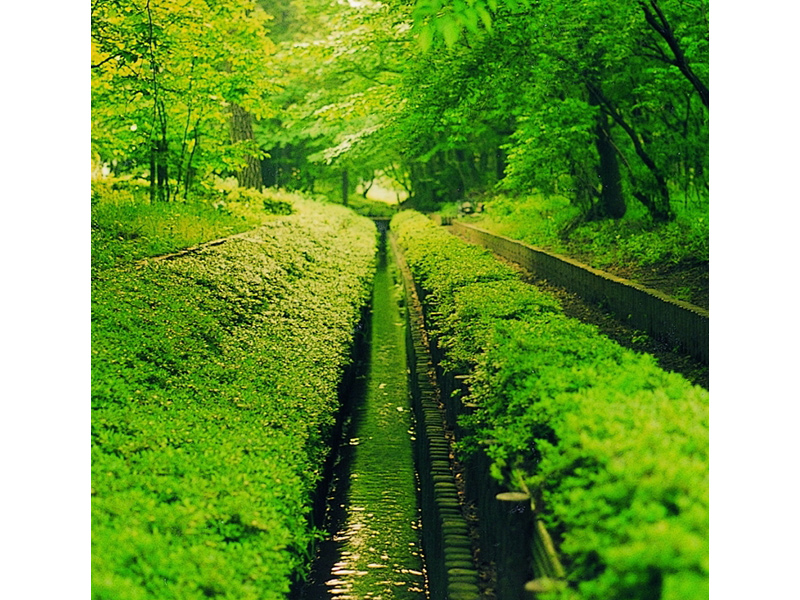
The Nobidome Yosui irrigation canal was diverted from the Tamagawa Aqueduct (Tokyo, Kodaira City) in 1655 to use as drinking water by the pioneers of the plateau, by order of Kawagoe’s daimyō, Matsudaira Nobutsuna, to his vassal, Yasumatsu Kinemon. Today, a promenade set up around the canal transforms this road into a valued spot for nature and relaxation. It has a total length of about 24 km, and also nourishes the rice paddies of Shiki City, Muneoka.

This 20-hectare park was established in March 1989 on the former site of Camp Drake, which was confiscated by the U.S. military in 1945, to ensure a comfortable living environment with beautiful urban landscape. The park is well known as a place for sports and recreation, with an outdoor plaza and jogging course. This vast park is also used as an evacuation site. Nearby are Tokyo Metropolitan Oizumi Central Park, Oizumi Sakura Sports Park, Tokyo Yono Green Belt (Nagakubo Ryokuchi), Niiza Green Path and Sakae Green Path in Niiza City, together serving as a large green belt that straddles municipal and prefectural borders.

Myoonzawa springs up from a steep wooded slope located along the Kurome river in the southern part of Niiza, Saitama. It is a clear stream selected by the Ministry of Environment as one of the "Top 100 Waters of the Heisei Era." Myoonzawa covers a stretch of about 100 m before joining with the Kurome river. You can find many rare creatures and plants that only can live in the cleanest of waters in this exceptional stream.

This facility utilizes the nature of Sayama Hills as an opportunity for us to interact with and think about our relationship to nature. There is an exhibition room, observation balcony, seminar hall, outdoor grilling space, and much more. There are also five themed spots on a hill adjacent to the center: Waterbird Paradise, Bug Forest, Wetlands Village, Tree Forest, and Butterfly Forest.
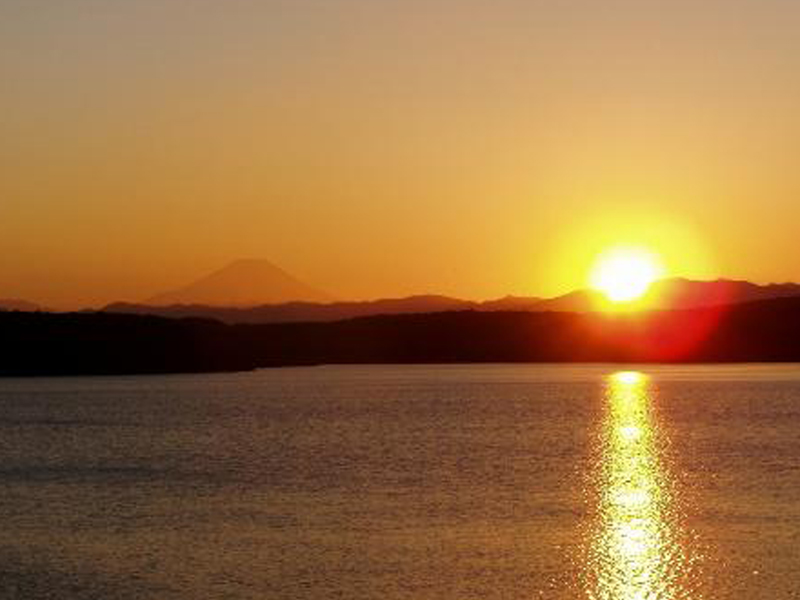
This man-made lake is located in the south-central part of Saitama Prefecture, straddling the boundary between Tokorozawa City and Iruma City. Completed in 1934 as a water reserve for Tokyo, the official name is "Yamaguchi Reservoir." The lake is surrounded by Saitama Prefectural Sayama Nature Park, where you can enjoy 20,000 cherry blossom trees in spring and vivid leaves in autumn, the symbolic Mt. Fuji reflected on the lake's surface and bird watching. The stunning seasonal scenery of this area was chosen as one of Saitama's 100 Top Nature Spots and 100 Top Dam Lakes.

Newly reopened in 2021 with the concept: "A heart-warming world nestled in happiness." Find yourself in a world of wonder with high-quality replicas of retro townscapes, interactions with townspeople and spontaneous live performances, and delicious nostalgic foods. There are also new and exciting immersive light-up attractions for you to enjoy!

The Laview limited express train offers a luxurious and comfortable travel experience between Ikebukuro (Tokyo) and Chichibu. With its futuristic exterior design and stylish, spacious interior, Laview allows you to relax and enjoy the beautiful natural landscapes of Saitama while traveling. This convenient train provides easy access to top destinations in Saitama, including Chichibu, Nagatoro, Hanno, and Tokorozawa. Whether you’re planning a day trip from Tokyo or a longer Saitama getaway, the Laview makes it effortless to explore Saitama’s scenic spots, outdoor adventures, and cultural attractions in comfort and style.
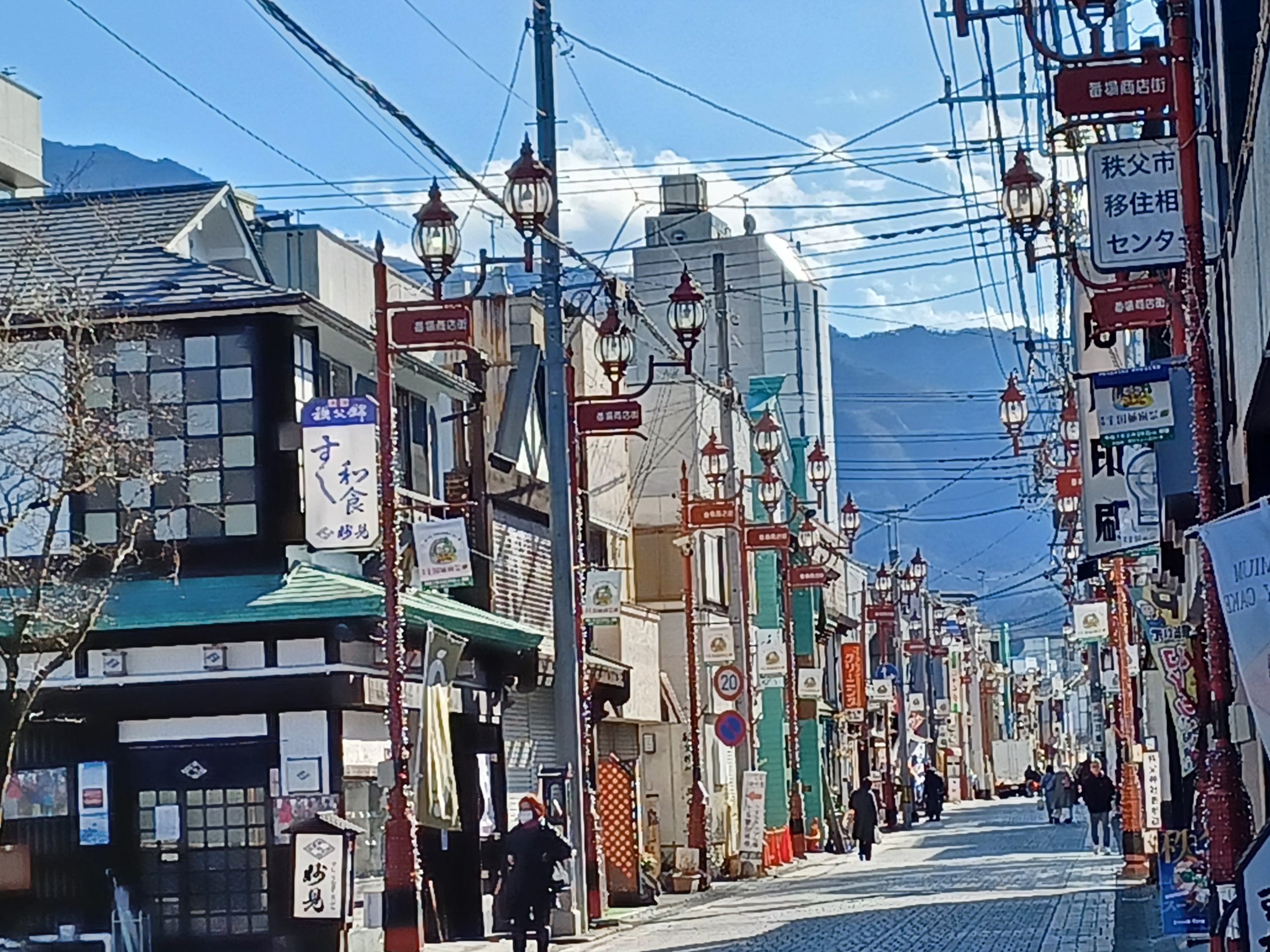
Chichibu Shrine has long been an important presence in the town and remains a popular spot for Chichibu residents. Many structures dating from the early 1900s line Banba Street, the cobblestone road that leads to the shrine, providing a nostalgic atmosphere that recalls times gone by. Many shops still operate in buildings designated Registered Tangible Cultural Properties by the national government, allowing visitors to travel back in time to an earlier Japan.

The SL Paleo Express is a historic steam locomotive that runs through the scenic Chichibu region of Saitama, just a short trip from Tokyo. Operating between Kumagaya and Mitsumineguchi, this nostalgic train ride takes passengers past mountains, rivers, and picturesque countryside landscapes. Along the way, travelers can enjoy the breathtaking views of Nagatoro, famous for its dramatic river and rock formations. Ideal for train enthusiasts, families, and anyone seeking a unique day trip from Tokyo, the SL Paleo Express is one of the top attractions in Saitama and a must-see for visitors exploring the region.
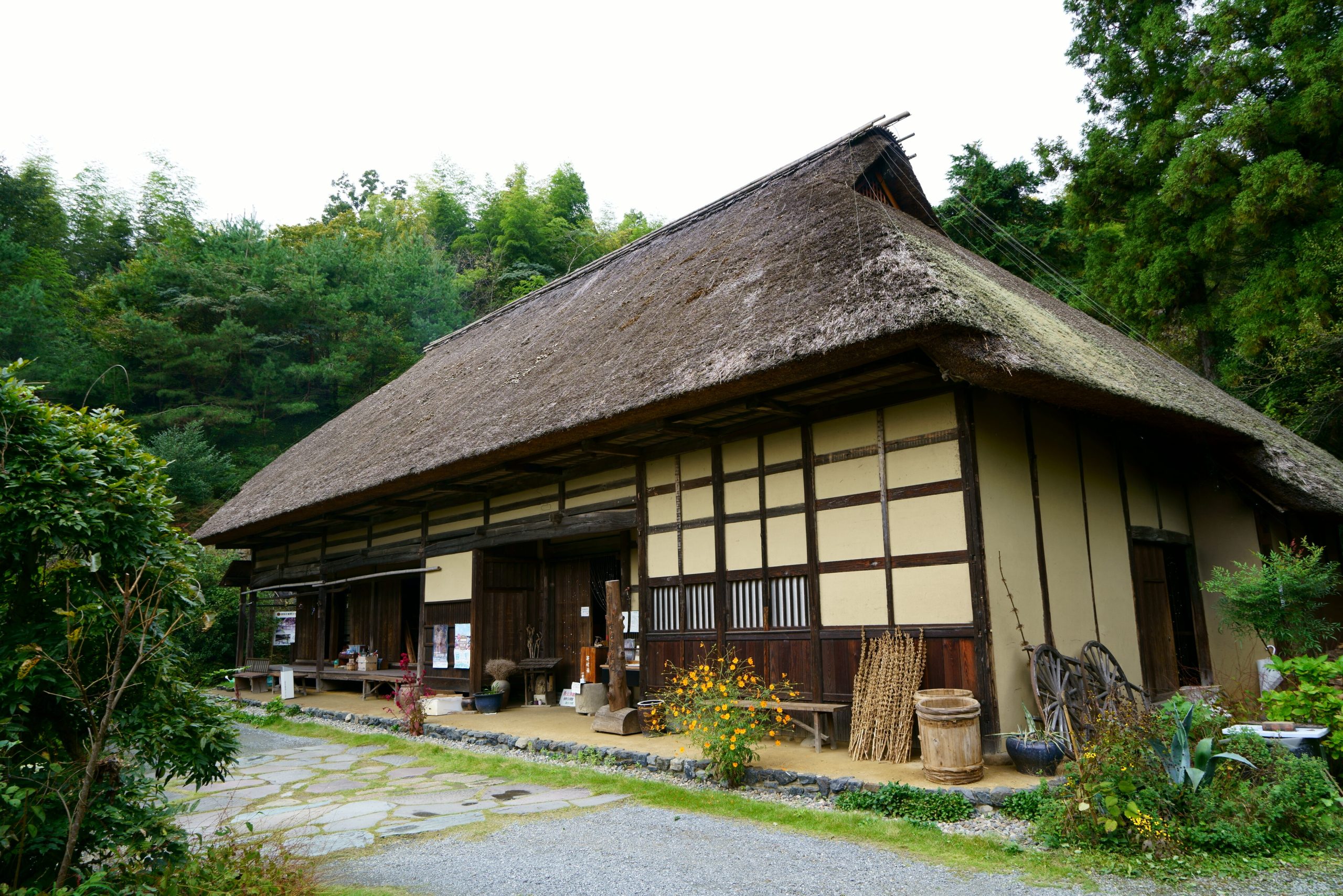
Constructed in 1721 and the largest private residence in the prefecture, this residence features a hip-and-gable thatched roof demonstrating the age of the building, and has been designated a National Important Cultural Property. The building measures 21.8 meters in length and 10.5 meters between beams. Visitors can sit around the sunken hearth (irori) and enjoy old-fashioned udon (wheat noodles), dango (rice dumplings) and other foods.
This site uses cookies to improve the user experience. If you continue to browse, you consent to the use of cookies on this site. Accept
CONTACT
